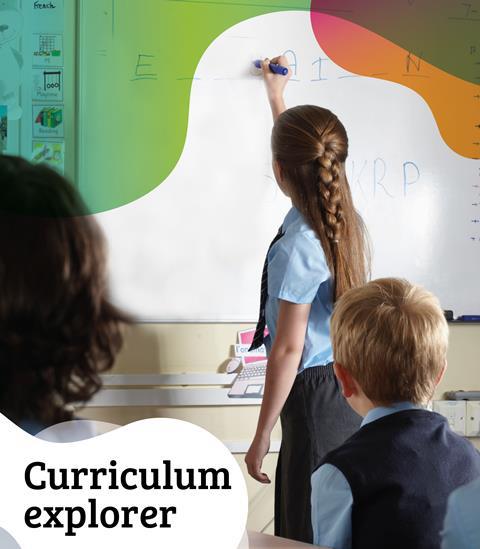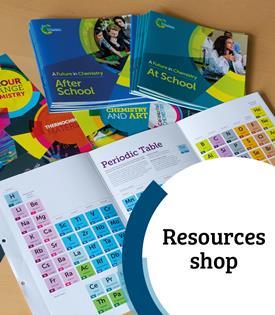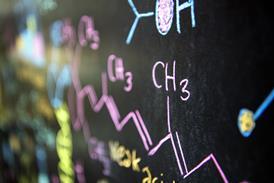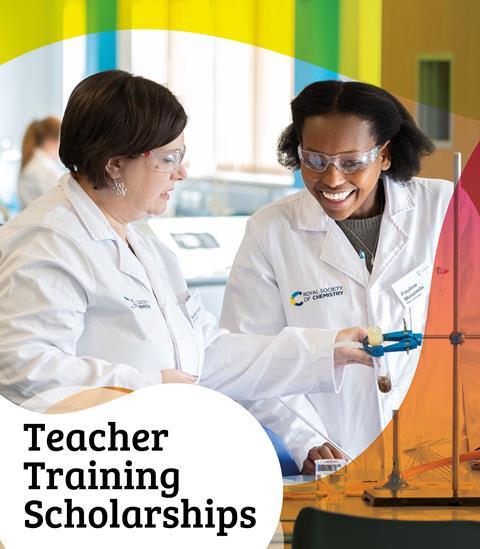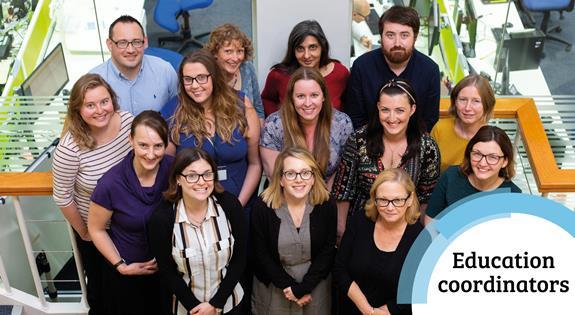All Quantitative chemistry and stoichiometry articles – Page 5
-
 Resource
ResourceSchool’s Analyst past papers 2013
Challenge your students to carry out back titrations with these previous Schools’ Analyst questions
-
 Resource
ResourceOn This Day – Aug 09 : Amedeo Avogadro was born
He was one of the founders of physical chemistry and is most famous for Avogadro’s Law, which states that equal volumes of different gases contain the same number of molecules. In 22.4 litres of any gas at room temperature and pressure there are 6.02214 x 1023 molecules, known as Avogadro’s number.
-
 Resource
ResourceOn This Day – Jul 13 : Cannizzaro was born
He was the first chemist to see the full significance of Avogadro’s law. In the 1850s, Cannizzaro suggested comparing everything to the mass of a hydrogen (H) atom. This helped chemists establish chemical formulae and make reliable chemical calculations.
-
 Resource
ResourceOn This Day – Jul 09 : Amedeo Avogadro died
His hypothesis – now known as Avogadro’s Law – states that equal volumes of gases at a given temperature and pressure contain the same number of molecules. This is now widely accepted, and the number of molecules in a mole is referred to as Avogadro’s number, 6.023 x 1023.
-
 Resource
ResourceOn This Day - Jun 13 : James Maxwell was born
Maxwell helped to formulate electromagnetic theory, which links magnetism, electricity and light. He also investigated the kinetic theory of gases and developed part of the Maxwell-Boltzmann distribution, which helps scientists to understand the effects of temperature on reaction rates.
-
 Resource
ResourceSchools’ Analyst past papers 2012
Investigate the amount of active ingredient in aspirin tablets, paracetamol tablets and cold and flu remedies.
-
 Resource
Resource28 chemistry puzzles for 14-16 years
Use these sudoku-inspired puzzles with printable worksheets and answers to help 14–16 year olds consolidate their understanding of key chemical concepts.
-
 Exhibition chemistry
Exhibition chemistryFloating Gas Bubbles
Demonstrations designed to capture the student's imagination
-
 Feature
FeatureCatalysts for a green industry
Chemists are working to develop new, longer-lasting catalysts to ensure industrial processes are cleaner, greener and more efficient
-

-
 Lesson plan
Lesson planHow does burning magnesium affect its mass? | 11-14 years
Investigate what happens to the mass of magnesium when it burns and reacts with oxygen using this lesson plan and practical activity for 11–14 year olds.
-
 Lesson plan
Lesson planConservation of mass in dissolving and precipitation | 11-14 years
Explore what happens during precipitation reactions and when substances dissolve using this lesson plan with downloadable activities for 11–14 year olds.
-
 Lesson plan
Lesson planMeasuring vitamin C in fruit using titration | 14-16 years
Compare the amount of vitamin C in fruit and juices using titration, and explore conditions affecting vitamin C levels, in this lesson plan for 14–16 year olds.
-
 Lesson plan
Lesson planPractising calculations in chemistry | 14-16 years
Help your students check or revise key calculations in chemistry, including relative formula mass, using this lesson plan with activities for 14–16 year olds.
-
 Lesson plan
Lesson planCalculating and comparing solution concentrations | 16-18 years
Practise calculating the concentration of a solution from the mass of solute and the volume of water using this lesson plan with activities for 16–18 year olds.
-
 Exhibition chemistry
Exhibition chemistryA spectacular reversible reaction
A demonstration with a dramatic colour change
- Previous Page
- Page1
- Page2
- Page3
- Page4
- Page5
- Next Page




